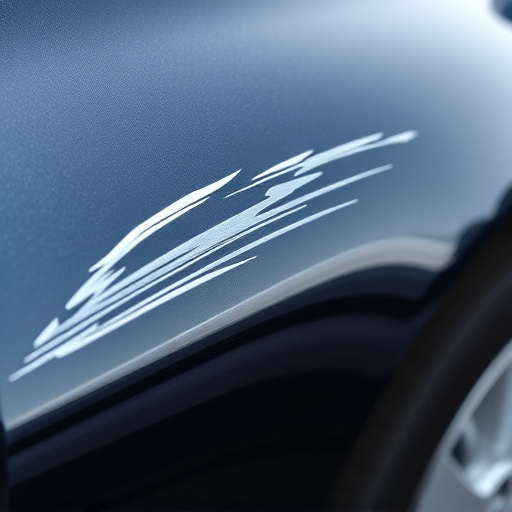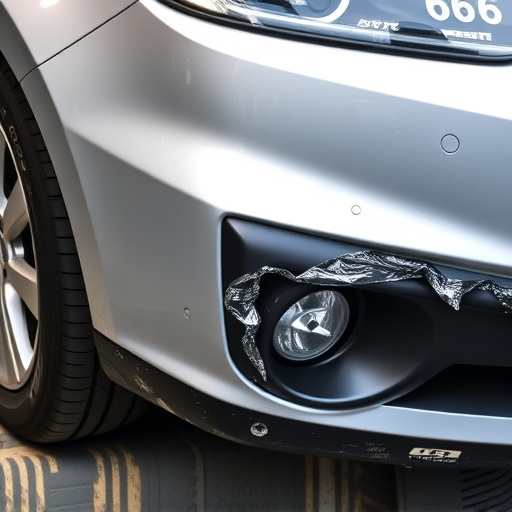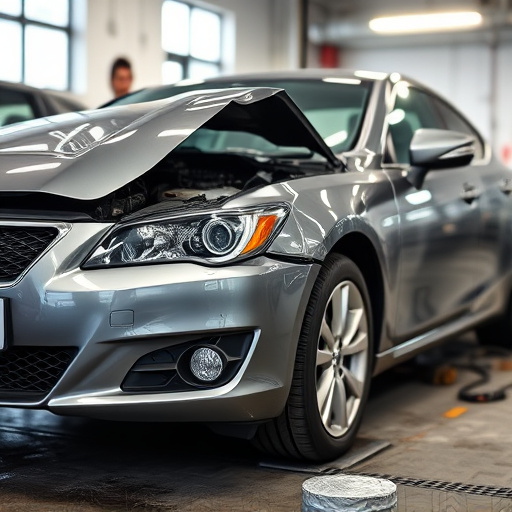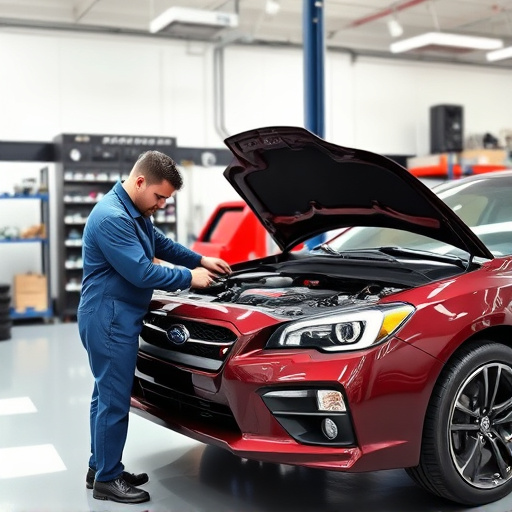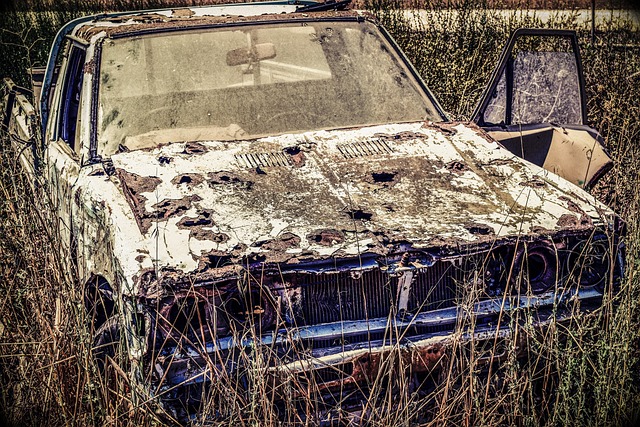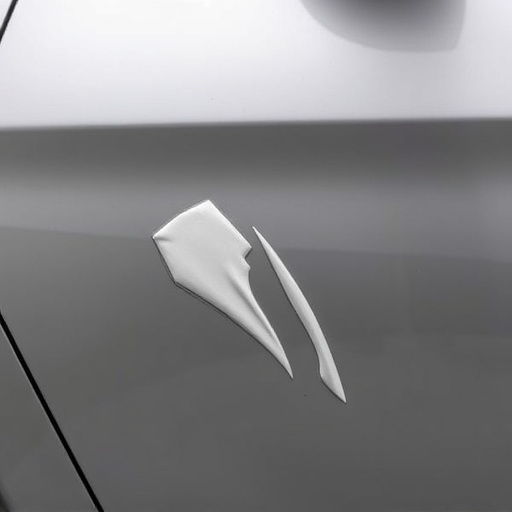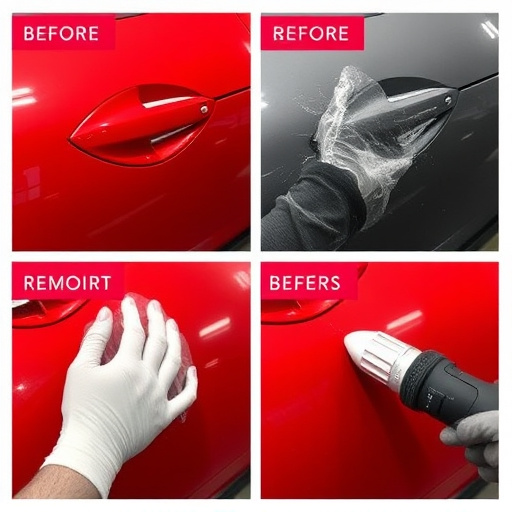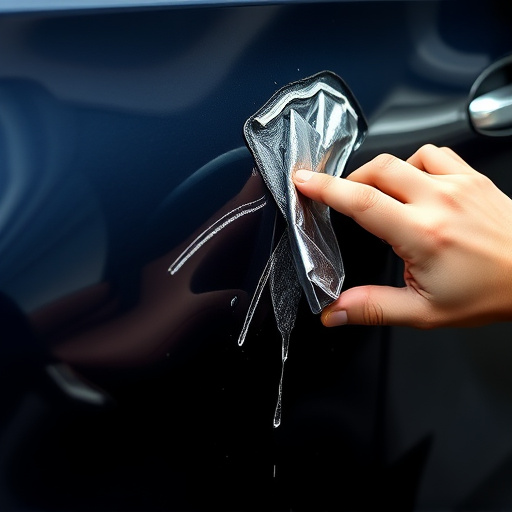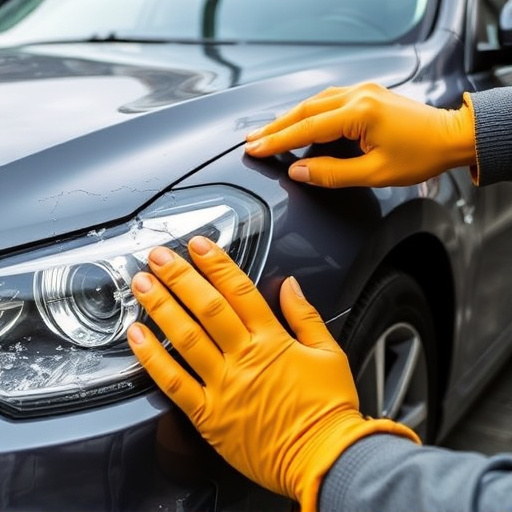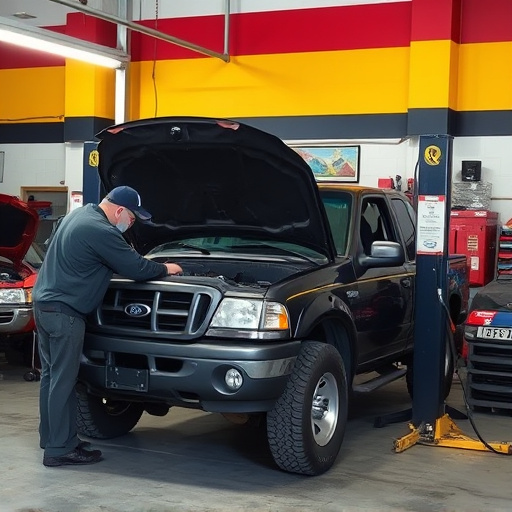Local collision repair facilities employ advanced techniques like laser measurement and CAD systems to accurately identify frame damage in vehicles. These indicators include misaligned metal, deformities, and chassis cracks. Timely diagnosis ensures vehicle safety and efficient car paint repair. Robotic welding and CAD software enhance restoration quality, providing precise digital blueprints for repairs. Reputable facilities prioritize quality, safety, and technician training, utilizing high-quality materials and equipment to meet strict standards, fostering client trust in local collision repair services.
In the realm of local collision repair, identifying and understanding frame damage is paramount for ensuring quality and safety. This article delves into the intricate world of frame damage, providing insights on common signs and advanced techniques employed by local repair professionals. By exploring these aspects, we aim to empower folks with knowledge, fostering a thriving industry that leverages innovative methods to revolutionize local collision repair standards.
- Identifying Common Signs of Frame Damage
- Advanced Techniques for Local Repair Professionals
- Ensuring Quality and Safety in Collision Repairs
Identifying Common Signs of Frame Damage

Many local collision repair facilities see a variety of signs indicating frame damage when assessing vehicles brought in after an accident. Common indicators include misaligned or distorted metal, visible deformities, and cracks or breaks in the vehicle’s chassis. These defects can often be spotted through visual inspection, but more advanced techniques like laser measurement and computer-aided design (CAD) systems may be employed for accurate measurements and analysis.
Understanding these signs is crucial for effective vehicle collision repair. Professionals at these facilities use their expertise to pinpoint the extent of frame damage, which informs the decision on whether a simple alignment or more complex structural repairs are needed. Timely identification of such issues is vital to ensure the safety and optimal performance of the vehicle following car repair services. Accurate diagnosis leads to efficient car paint repair processes, ensuring the vehicle not only looks its best but also drives safely on the road.
Advanced Techniques for Local Repair Professionals

Local collision repair facilities are at the forefront of innovation when it comes to frame damage restoration. Professionals in this field have embraced advanced techniques that not only ensure precision but also speed up the car repair services process. One notable method is robotic welding, which offers unparalleled accuracy and consistency, especially in complex collision damage repair scenarios. This technology allows for precise adjustments and minimizes the risk of further damage during the repair process.
Additionally, computer-aided design (CAD) software has become an indispensable tool. It enables technicians to create detailed digital blueprints of damaged vehicles, facilitating exact measurements and calculations. This, in turn, guides the car scratch repair and collision damage repair processes, ensuring that every component is restored to its original condition. Such innovations not only elevate the quality of local collision repair but also contribute to a more efficient and customer-centric automotive aftercare experience.
Ensuring Quality and Safety in Collision Repairs

In the realm of local collision repair, ensuring quality and safety is paramount to customer satisfaction and vehicle restoration. Reputable facilities prioritize rigorous training for their technicians on the latest industry standards and best practices. This involves mastering intricate techniques for both structural and cosmetic repairs, including car scratch repair and paintless dent repair, to ensure minimal impact on the vehicle’s original finish. The use of high-quality materials and advanced equipment is also crucial in achieving precision and longevity in collision repair services.
Moreover, adherence to safety protocols is non-negotiable. Proper ventilation, secure work environments, and adherence to environmental regulations for waste disposal are integral parts of modern auto repair services. These measures not only protect the technicians but also guarantee that the repaired vehicles meet the highest standards of quality and safety. In light of these practices, local collision repair facilities can offer comprehensive solutions while fostering trust among their clientele.
Understanding frame damage is key to ensuring quality and safety in local collision repair facilities. By identifying common signs, adopting advanced techniques, and prioritizing quality control, professionals can effectively restore vehicles to their pre-accident condition. This not only benefits customers but also strengthens the reputation of local collision repair services in the digital age.
